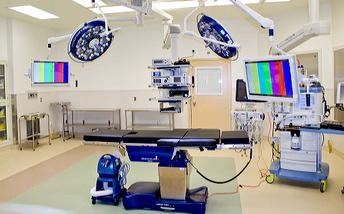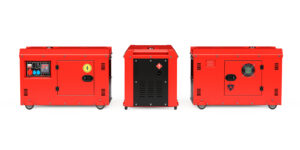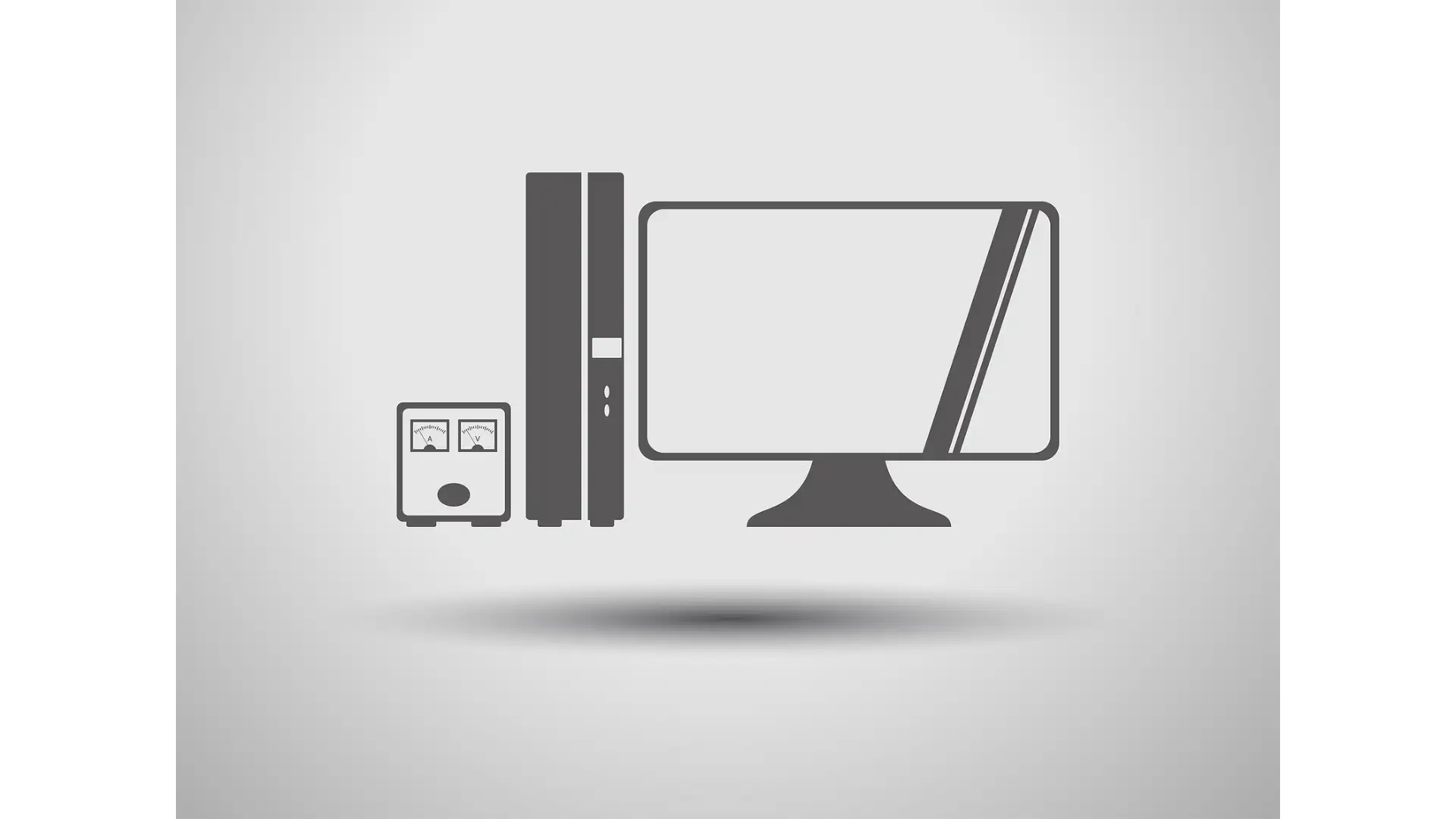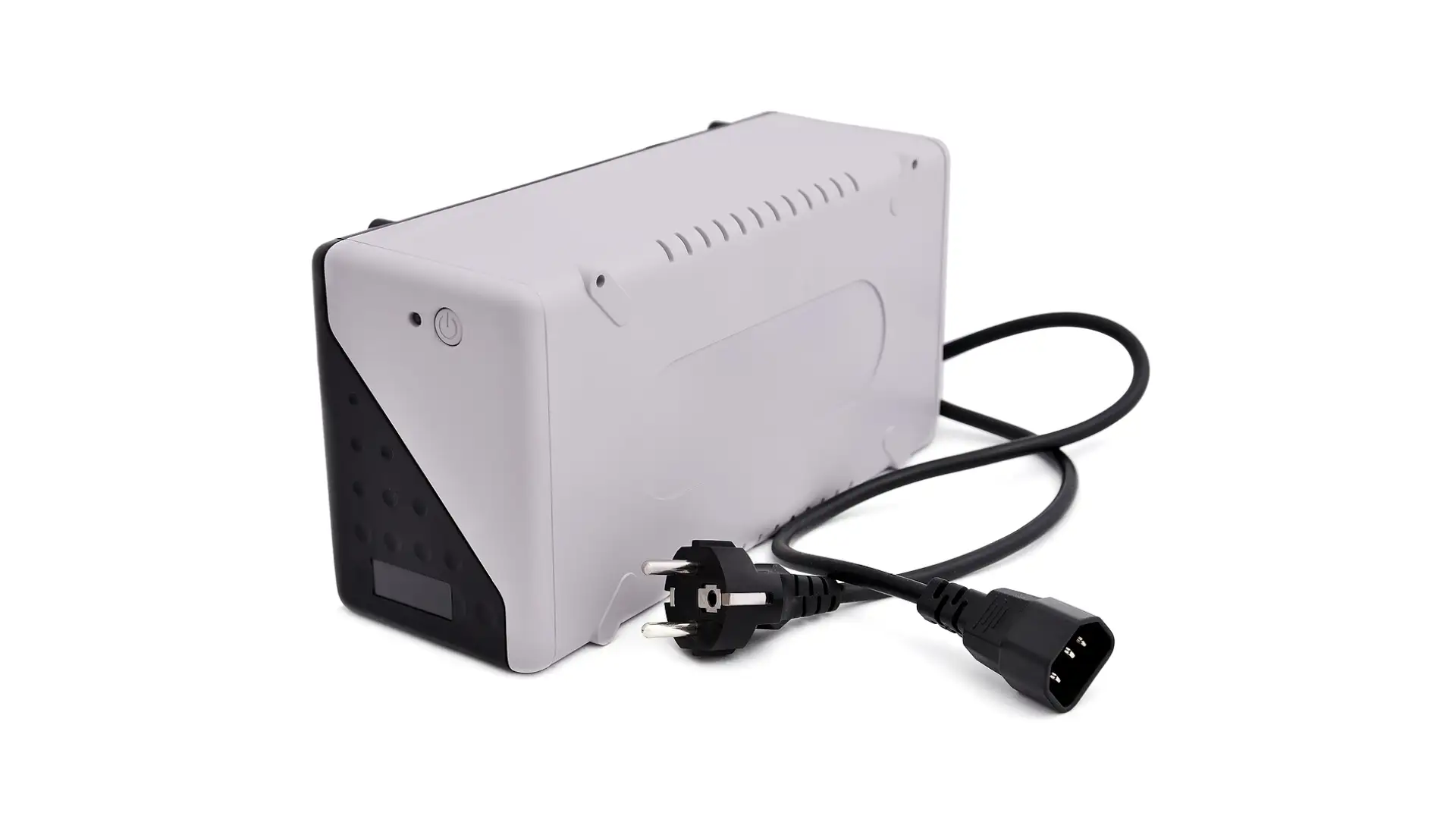
In the domain of healthcare, safety, and operational efficiency are top priorities, and this is even more essential when it comes to outpatient surgery. To ensure the delivery of high-quality patient care, especially during times of power outage, a well-designed, installed, and maintained backup power system is indispensable. This system should align with the standards and codes defined by the National Fire Protection Association (NFPA). This blog post aims to provide a detailed overview of the critical NFPA codes for outpatient surgery backup power systems.
Understanding the NFPA
The NFPA is a global self-funded, non-profit organization that publishes codes and standards to minimize the possibility and impact of fire and other risks. The primary codes related to backup power systems in healthcare facilities include NFPA 70, NFPA 99, and NFPA 110.
NFPA 70: National Electrical Code (NEC)
The NFPA 70 or NEC is a widely accepted standard for the safe installation of electrical wiring and equipment. The NEC addresses the installation and design of backup power systems, covering key elements such as transfer switches, circuit breakers, and wiring methods.
Requirements for Outpatient Surgery Backup Power Systems
- Branch Circuits: NEC requires the installation of two or more branch circuits for any operating room to minimize the risk of a complete power outage.
- Transfer Switches: NFPA 70 necessitates the use of automatic transfer switches to transition power sources smoothly and without interruption.
- Grounding and Bonding: NEC has comprehensive grounding and bonding regulations to ensure the safety of electrical systems.
NFPA 99: Health Care Facilities Code
NFPA 99 is a crucial code, specifying performance, maintenance, and testing criteria for healthcare facility infrastructure, including electrical systems, heating, ventilation, and emergency power.
Requirements for Outpatient Surgery Backup Power Systems
- Risk Assessment: NFPA 99 mandates a risk assessment to ascertain which systems are critical to patient safety and should be connected to the emergency power supply.
- Essential Electrical Systems (EES): Outpatient surgical facilities must install an EES, which ensures that specific functions continue during a power outage.
- Testing and Maintenance: Regular testing and maintenance of the backup power system, as per the specifications outlined in the NFPA 99 code, are a must.
NFPA 110: Standard for Emergency and Standby Power Systems
NFPA 110 focuses on the performance of emergency and standby power systems, offering minimum requirements for the design, installation, maintenance, operation, and testing of these systems in healthcare facilities.
Requirements for Outpatient Surgery Backup Power Systems
- Types of Systems: NFPA 110 differentiates between Emergency Power Supply Systems (EPSS) and Emergency Power Supply (EPS), defining the requirements for each type of system.
- System Capacity and Testing: NFPA 110 requires the system to provide adequate power for at least 2 hours, and the system must undergo monthly testing.
- Maintenance and Operational Testing: NFPA 110 specifies the frequency, procedures, and records associated with maintenance and operational testing.
Compliance: A Step-by-Step Process
Designing
The design of an outpatient surgery backup power system should adhere to NFPA codes. It should consider critical factors such as system capacity, type of power system, and load calculations.
Installing
Installation of backup power systems should follow NEC wiring and installation guidelines. Appropriate grounding, bonding, and correct installation of automatic transfer switches are critical elements in this phase.
Maintaining
Regular maintenance and testing in compliance with NFPA 99 and 110 ensure the system's optimal performance. These activities can involve load tests, fuel quality checks, and system component inspections.
Upgrading Your Existing Systems
Older healthcare facilities might find their current backup power systems to be insufficient or not in compliance with updated NFPA standards. Upgrading these systems can involve a thorough assessment of the existing setup, identifying areas of non-compliance, and implementing necessary changes. A licensed professional experienced in healthcare facilities' power requirements should oversee this process.
Key Considerations for Upgrades
As you embark on the journey of upgrading your existing backup power system, various key elements should be considered. Understanding these factors can help you create a more efficient, reliable, and compliant backup power system for your outpatient surgery facility.
1. Examining System Capacity
The capacity of your power system is an integral part of the upgrade process. As mandated by NFPA 110, it is crucial to ensure that:
- Your backup power system can handle the power supply of the most vital loads within your facility.
- The system must be able to provide an uninterrupted power supply for these essential functions for at least two hours.
2. Conducting Regular Load Calculations
Load calculations are another essential factor for consideration during upgrades. A continuous reassessment of the power needs of your facility is vital. Pay attention to:
- Any new equipment that has been added since the last load calculation.
- Any observed increase in power demand within your facility.
- Changes in operational procedures that could affect power consumption.
These can indicate a need for upgrading your backup power system to cater to the increased demand.
3. Ensuring Code Compliance
A crucial part of the upgrading process is ensuring that your system complies with all necessary codes. Keep in mind:
- Your upgraded system should meet all specifications and requirements laid out by NFPA 70, dealing with the electrical installations.
- It should adhere to the healthcare-specific provisions of NFPA 99.
- And lastly, the system should be designed and maintained in compliance with NFPA 110, which provides guidelines for emergency and standby power systems.
Training Your Staff
Educating your staff about the functioning and operation of the backup power system is crucial to ensure seamless transition during power outages. They should be aware of which systems will continue to operate during an outage, where transfer switches are located, and whom to contact if there's a problem. Regular drills and training sessions can be beneficial in ensuring your team is prepared.
Essential Elements of Training
For an effective backup power system in outpatient surgery facilities, staff training is a fundamental component. These training programs should incorporate a range of elements to ensure the staff are well-equipped to handle emergency situations. Here are more detailed insights into the vital aspects of such training.
1. Deep-Dive into the Essential Electrical Systems (EES)
A robust comprehension of the EES is a prerequisite for all staff involved in managing power systems:
- Training should include a thorough explanation of the components of the EES, how each part operates, and how they come together as a cohesive system.
- Staff should understand the role of EES during a power outage, specifically, how it ensures continued functioning of critical systems.
- Training should also clarify staff responsibilities related to the EES, ensuring they understand their role in managing and maintaining the system.
2. Conducting Regular Operation Drills
Practical, hands-on experience is just as crucial as theoretical knowledge. Regular drills should form a core part of your training program:
- Drills should simulate power outage situations to familiarize staff with the process of transitioning to the backup power.
- These drills help identify potential areas of improvement and provide practical experiences that staff can draw from during an actual power outage.
- The goal should be to ensure a seamless switch to backup power with minimal disruption to outpatient services.
3. Raising Awareness about System Maintenance
Ensuring that staff are well-versed with the maintenance and testing schedules of the backup power system is critical:
- Training should cover the importance of regular maintenance and testing, and how these activities contribute to the system's reliability.
- Staff should understand the frequency of these activities as stipulated by NFPA codes.
- Training should also highlight the process for documenting these maintenance and testing activities, as these records are necessary for compliance checks and audits.
Disaster Preparedness
An effective backup power system is a significant component of any healthcare facility's disaster preparedness plan. Whether it's severe weather, a natural disaster, or a grid failure, your outpatient surgery center needs to be ready to operate without interruption.
Elements of a Comprehensive Disaster Plan
A comprehensive disaster preparedness plan is a cornerstone for any outpatient surgery facility. This plan must outline strategic steps to mitigate risks, manage resources, and maintain clear lines of communication. Here's a more detailed exploration of the crucial elements involved in creating a robust disaster plan.
1. In-depth Risk Assessment
A thorough risk assessment forms the backbone of your disaster preparedness plan:
- It should encompass a detailed analysis to identify potential threats that could disrupt power supply, such as natural disasters, severe weather conditions, and power grid failures.
- The risk assessment should also evaluate the preparedness of your backup power system to handle these identified threats, focusing on system capacity, reliability, and endurance.
- In addition, the assessment should pinpoint critical systems and functions that require uninterrupted power supply and the potential consequences of power loss to these systems.
2. Detailed Resource Planning
Strategic resource planning is a crucial component of disaster preparedness:
- This involves ensuring that you have enough resources, primarily fuel, to run your backup power system for an extended period, if necessary.
- Regularly monitor and maintain these resource stocks to ensure that they are always adequate.
- Resource planning should also encompass provisions for maintaining essential systems and equipment, including spare parts for repairs and routine maintenance.
3. Robust Communication Plan
A well-constructed communication plan is key to managing crises efficiently:
- The plan should clearly outline communication channels and protocols to coordinate with staff, patients, and authorities during a disaster.
- Consider including regular updates to staff and patients about the situation, clear instructions for staff on their roles and responsibilities, and emergency contact details.
- It should also detail how and when to communicate with external authorities, utility companies, and emergency services.
Documentation and Record Keeping
Keeping thorough records is not only a requirement of NFPA standards but also best practice for maintaining your system and demonstrating compliance during inspections. Documentation should cover design, installation, maintenance, testing, and any upgrades or modifications to the system.
Elements of Proper Documentation
Accurate and up-to-date documentation serves as a critical tool for managing your outpatient surgery backup power system. It not only aids in system management and troubleshooting but is also imperative for demonstrating compliance during inspections. Here's an expanded look at the key elements that should be part of your documentation process.
1. Detailed Installation and Design Records
Maintaining exhaustive records of your system's design and installation is paramount:
- Documentation should include detailed calculations used in the system design, such as load calculations, system capacity, and other relevant parameters.
- Preserve all design diagrams, schematics, and layout plans associated with the system's installation.
- It's equally important to document compliance checks performed during installation to verify adherence to NFPA standards and other relevant codes.
2. Comprehensive Maintenance and Testing Logs
Regular updates to your maintenance and testing logs are integral for efficient system management:
- These logs should record all routine maintenance activities, such as system inspections, parts replacement, and system cleaning.
- Document the results of regular system tests, including load tests and full operational tests, as per NFPA standards.
- Any issues detected during maintenance or testing and the subsequent repairs or modifications made should be meticulously recorded.
3. Extensive Upgrade and Modification Documentation
Any alterations made to the system should also be thoroughly documented:
- This includes documenting the reasons behind the decision to upgrade or modify the system, such as increased power demand or changes in NFPA codes.
- The process of implementing these changes should be detailed, including the steps taken, parts replaced, and any alterations made to system layout.
- Lastly, assess and document the impact of these changes on the overall system performance to help identify improvements or issues that may arise.
Conclusion
Compliance with NFPA codes for outpatient surgery backup power systems is not a mere regulatory requirement but a commitment to patient safety and high-quality healthcare services. Adherence to NFPA 70, 99, and 110, from the design phase to regular maintenance, ensures the reliability and efficiency of backup power systems.
Sources
continue reading
Related Posts
Uninterrupted Power Supply For Computer In today’s fast-paced and digitally […]
Uninterruptible Power Supply For TV In the digital age, our […]
Uninterruptable Power Supply Company In my daily life, both personally […]





